Nursing Pharmacology: Case Study on Diabetes and Alzheimer's Treatment
VerifiedAdded on 2020/05/16
|5
|899
|65
Homework Assignment
AI Summary
This nursing pharmacology assignment provides answers to questions regarding a patient, Gami, who is taking multiple medications and supplements. The assignment explores the use of herbal supplements like Panax ginseng and Cassia cinnamon for managing diabetes and Alzheimer's disease. It analyzes the potential benefits and risks of these supplements, including their impact on blood glucose levels, cholesterol, and cognitive function. The assignment also addresses the importance of informing healthcare professionals about all medications and supplements, particularly when undergoing tests like the PT-INR. Additionally, it discusses alternative medications, such as Rivastigmine, for managing Alzheimer's symptoms. The solution references several research studies to support the recommendations and conclusions. The assignment emphasizes the importance of understanding drug interactions and providing patient-centered care.
1 out of 5
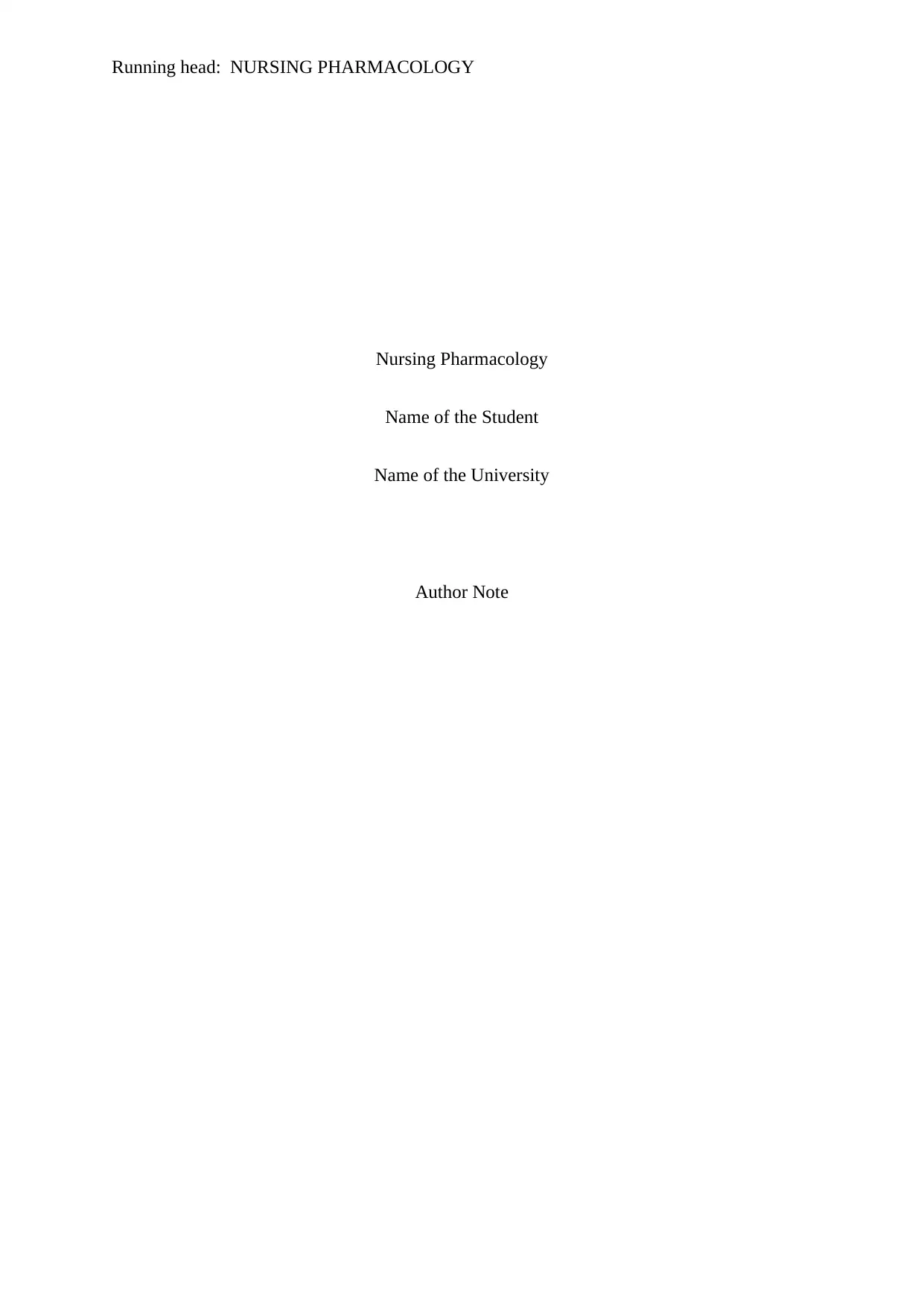
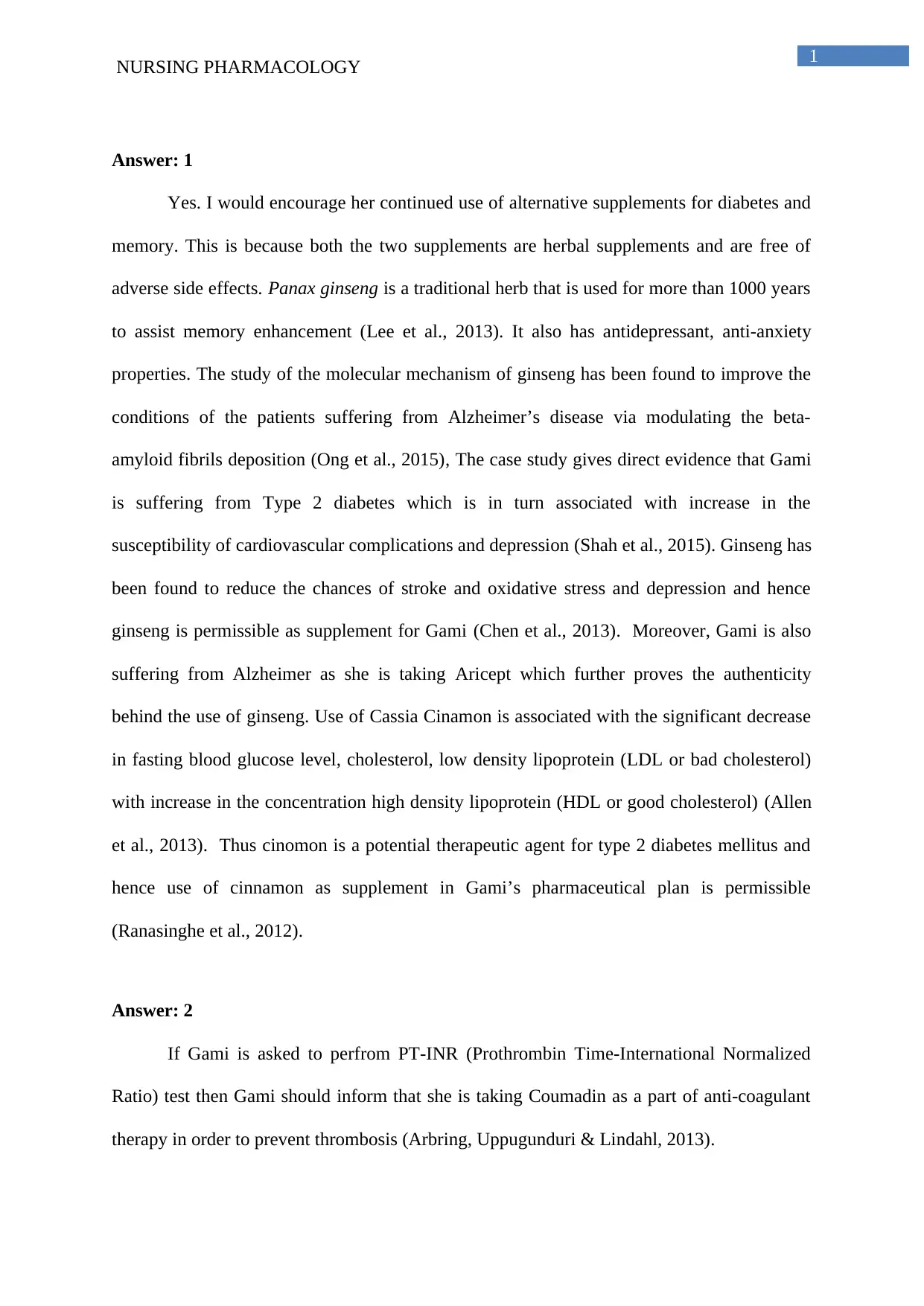
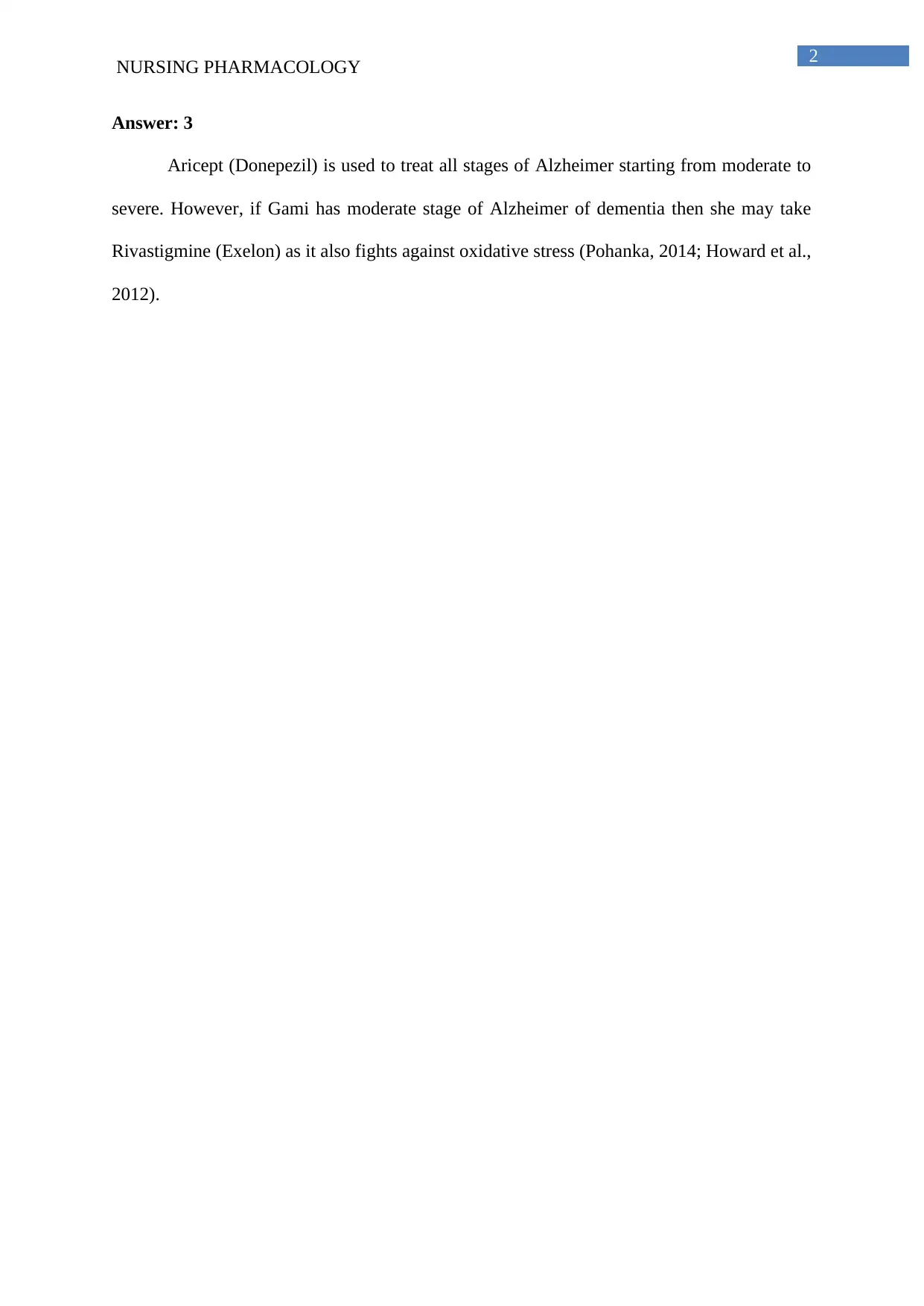

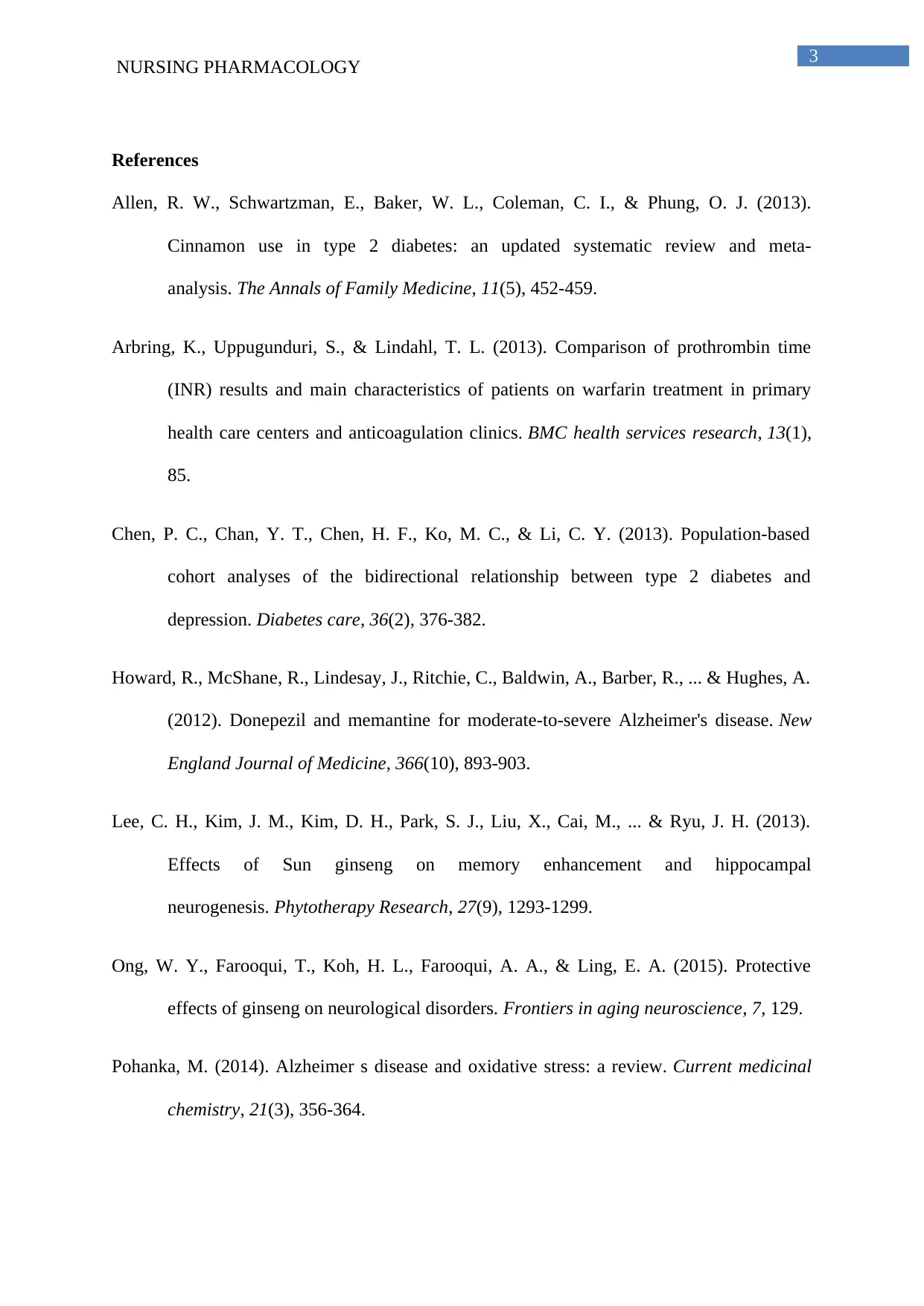
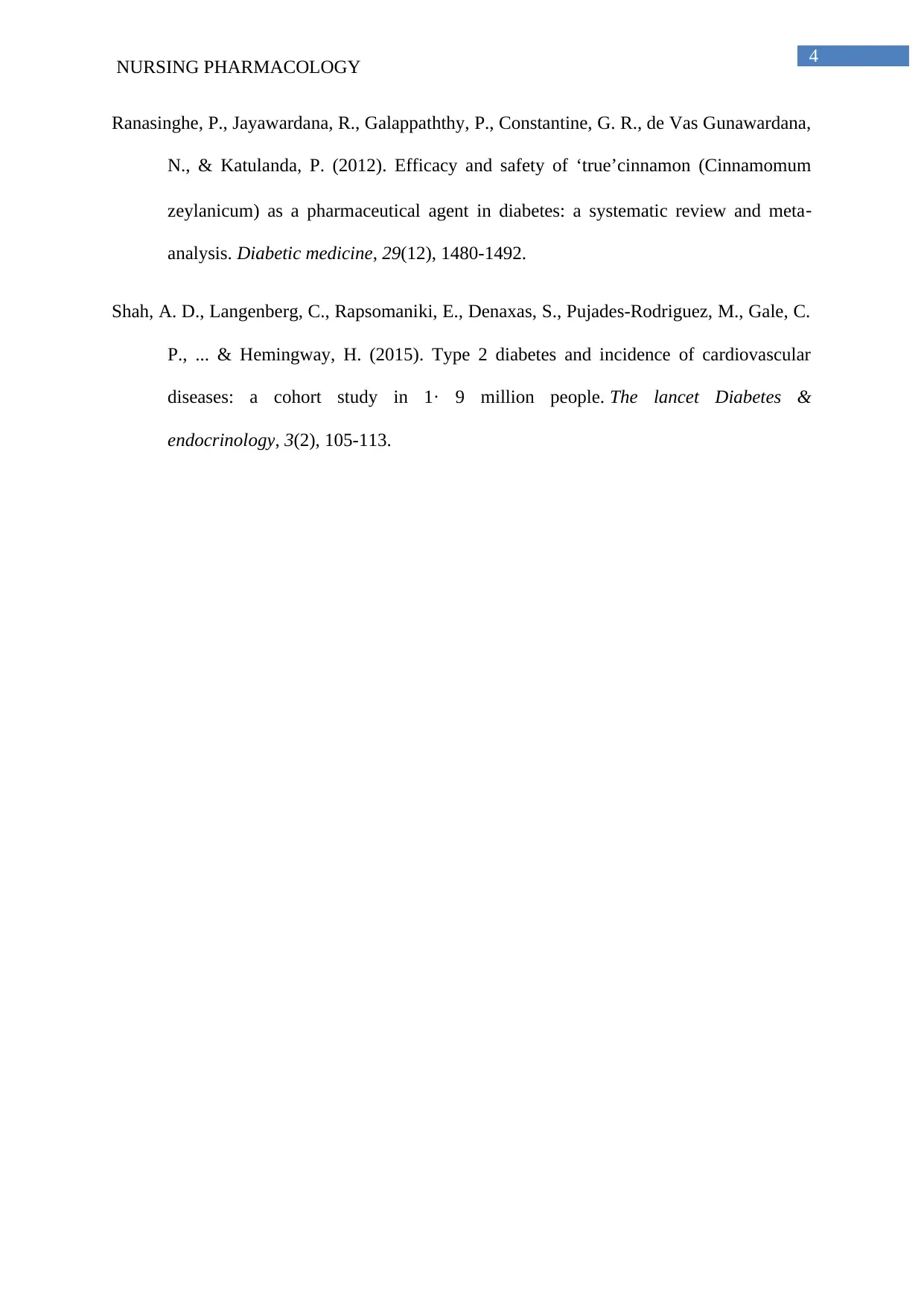
![[object Object]](/_next/static/media/star-bottom.7253800d.svg)